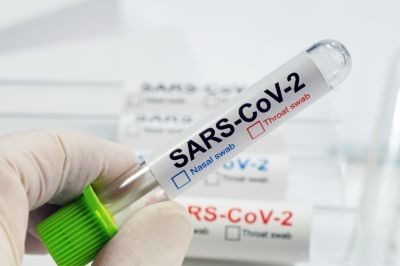FOR IMMEDIATE RELEASE
ACS News Service Weekly PressPac: January 20, 2021
COVID-19 model reveals key role for innate immunity in controlling viral load
“Innate Immunity Plays a Key Role in Controlling Viral Load in COVID-19: Mechanistic Insights from a Whole-Body Infection Dynamics Model”
ACS Pharmacology & Translational Science
Since SARS-CoV-2 was identified in December 2019, researchers have worked feverishly to study the novel coronavirus. Although much knowledge has been gained, scientists still have a lot to learn about how SARS-CoV-2 interacts with the human body, and how the immune system fights it. Now, researchers reporting in ACS Pharmacology & Translational Science have developed a mathematical model of SARS-CoV-2 infection that reveals a key role for the innate immune system in controlling viral load.
The COVID-19 pandemic has created tremendous socioeconomic problems and caused the death of almost 2 million people worldwide. Although vaccines are now being administered, few effective therapeutics currently exist. To identify new therapies, scientists need to gain a better understanding of how the virus interacts with the host’s immune system. There are two main branches of the immune system: innate (in which immune cells engulf pathogens, release chemical signals or otherwise respond non-specifically to a pathogen) and adaptive (in which lymphocytes produce antibodies and kill specific pathogens). It’s difficult to study virus dynamics in the human body, so some researchers have developed mathematical models to investigate virus-host interactions. Prashant Dogra, Zhihui Wang and colleagues wanted to improve upon the existing models to simulate the whole-body dynamics of SARS-CoV-2 infection.
The researchers developed a mathematical model that predicts the viral load over time in organs that express the ACE-2 receptor, which is necessary for SARS-CoV-2’s entry into cells. Some of the parameters used in the model, such as the levels of various immune cells in the human body, were already known, whereas others, such as the infection rate of target cells, were estimated from published experimental data from COVID-19-infected hamsters. Once the team had developed a simplified model, they used human data to make a more complete one that also included adaptive immunity. When the researchers used the model to simulate different conditions, they found that innate immunity played a larger role in controlling viral load than adaptive immunity, and that it was important to begin antiviral or interferon therapy as soon as possible after the onset of symptoms.
The authors acknowledge funding from the National Science Foundation and the National Institutes of Health.
Note: ACS does not conduct research, but publishes and publicizes peer-reviewed scientific studies.






